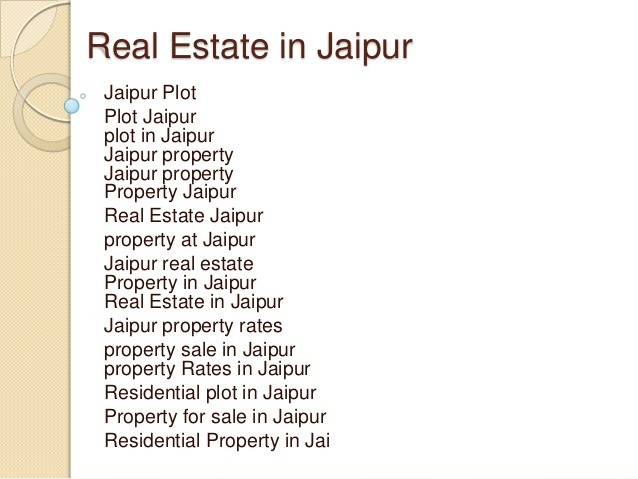Triangle Real Estate Investors Learning Center for Real Estate Investors
Post on: 30 Май, 2015 No Comment

How to Value a Rental Property
September 20, 2013 by Rodney McNabb
There are three common formulas for valuating a rental property, and they are as follows:
Gross Rent Multiplier
The Gross Rental Multiplier (GRM) is the ratio of the price of a real estate investment to its annual rental income before expenses. The GRM is easy to calculate, but isnt a very precise tool for ascertaining value since it does not take into account either expenses or financing. It is, however, an excellent first quick value assessment tool to see if further more detailed analysis is warranted. In other words, if the GRM is too high or low compared to recent comparable sold properties, it probably indicates a problem with the property or gross over-pricing.
The formula here is Cost divided by Gross Operating Income = Gross Multiplier
So take the cost (or Sales Price) of the property and divide that number by the Gross Operating Income (annual income less vacancy rate) and you have your GRM.
Capitalization Rate (or Cap Rate)
By using other properties operating income and recent sold prices, the capitalization rate is determined and then applied to the property in question to determine current value based on income.
The formula here is Net Operating Income divided by Cost = Cap Rate
The Cap Rate needs to be higher than your loan amount to help ensure you are in a financial position to afford your mortgage. The Cap Rate method is better than the Gross Rent Multiplier Method because it takes expenses into account. This formula, however, is good for those Triangle Real Estate Investors who will be purchasing the property in cash.
Cash-on-Cash Formula (my personal favorite)
The Cash-on-Cash rate of return provides an easy way for real estate investors to compare the profitability of similar income-producing properties, or as a way to gauge one investment opportunity against another quickly

Cash-on-cash return measures the ratio between anticipated first-year cash flow to the amount of initial cash investment made by the real estate investor to purchase the rental property. Hence, cash on cash is always expressed as a percentage.
Cash Flow Before Taxes (CFBT) is the amount of money the property is expected to generate during the first year of operation (less real estate taxes).
The initial cash investment (sometimes called the cost of acquisition) is the total amount of cash invested by the investor to acquire the property such as down payment, loan points, escrow and title fees, appraisal, and inspection costs
The formula here is Cash Flow Before Taxes (CFBT) divided by Cash Invested = Cash on Cash
CFBT is the annual rent, less vacancy rate, less operating expenses and less annual debt service.
One shortcoming is the fact that cash on cash does not take into account time value of money. As such, the return must be restricted to simply measuring an income propertys first year cash flow, and not its future years cash flows.
If the cashflow is good enough, all other factors should equal out.














